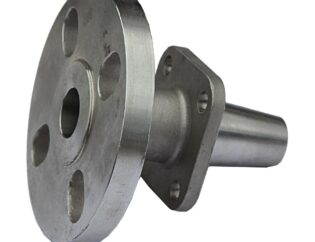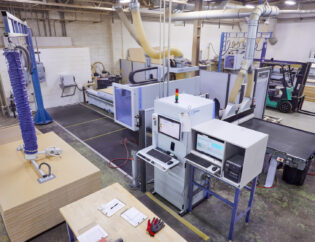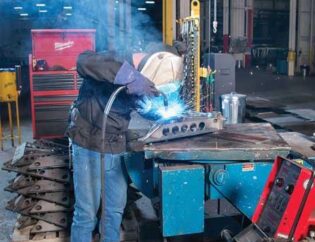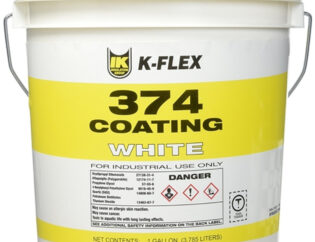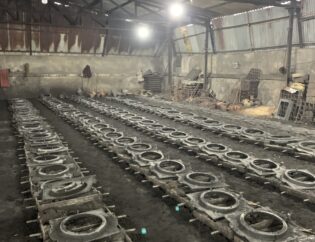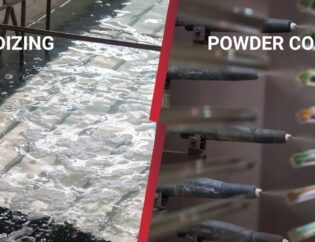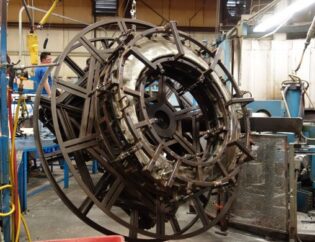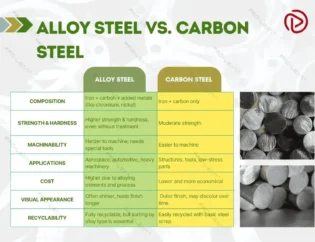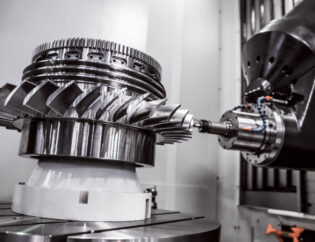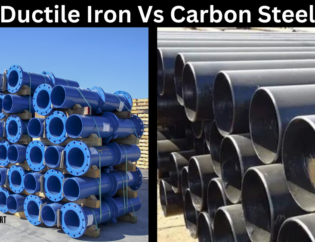Slotting machining is a vital process in modern manufacturing, enabling the creation of precise slots and grooves in various materials. This technique is essential for producing components that require intricate designs and tight tolerances. Understanding slotting machining not only enhances production efficiency but also improves the overall quality of finished products.
In this guide, readers will explore the fundamentals of slotting machining, including its principles, tools, and techniques. We will delve into the various applications across industries, showcasing how slotting contributes to innovative designs and functionality. Additionally, practical tips and best practices will be shared to optimize machining processes and ensure successful outcomes.
By the end of this guide, readers will have a comprehensive understanding of slotting machining, empowering them to implement these techniques effectively in their projects. Whether you are a novice or an experienced machinist, this resource will enhance your knowledge and skills in this essential area of manufacturing.
Slot Milling: A Comprehensive Guide
Slot milling, also referred to as groove milling, is a machining process that involves the use of a cutter to create slots or channels on a workpiece. This process is widely used in various engineering fields to produce accurate geometries, such as keyways or grooves. The slots can be of different shapes and sizes, tailored to meet specific design requirements. Slot milling is essential for producing parts for gears, pulleys, and other mechanical components, making it a critical operation in modern manufacturing.
Technical Features of Slot Milling
Slot milling is characterized by several technical features that enhance its efficiency and effectiveness. Below is a comparison table highlighting these features:
| Feature | Description |
|---|---|
| Precision | High accuracy in creating complex geometries and tight tolerances. |
| Versatility | Capable of machining various materials, including metals and plastics. |
| Tooling Options | Utilizes a range of cutters, such as end mills, T-slot cutters, and Woodruff key cutters. |
| Machining Techniques | Includes end milling, side milling, gang milling, and trochoidal milling. |
| Chip Management | Effective chip evacuation strategies to maintain surface quality and tool life. |
| CNC Compatibility | Compatible with CNC machines for automated and precise operations. |
| Material Removal Rate | High material removal rates achievable with optimized feed rates and tooling. |
Types of Slot Milling Techniques
There are several techniques used in slot milling, each suited for different applications and materials. The following table compares these techniques:
| Technique | Description | Applications |
|---|---|---|
| End Milling | Uses an end mill cutter to create closed slots and complex shapes. | Keyways, pockets, and non-linear slots. |
| Side Milling | Employs the outer edge of the cutter for creating slots on the workpiece’s side. | Flat surfaces and deep slots. |
| T-Slot Milling | Specialized for cutting T-shaped slots, often used in machine beds. | Mounting workholding devices. |
| Woodruff Key Slotting | Creates semi-circular slots for key and slot joints. | Gears and rotating parts assembly. |
| Gang Milling | Multiple cutters on one arbor to cut several slots simultaneously. | Mass production of parallel slots. |
Insights into Slot Milling
Precision and Accuracy
Slot milling is renowned for its precision, allowing manufacturers to create intricate designs with tight tolerances. This capability is crucial in industries where the functionality of components depends on the accuracy of the slots, such as in automotive and aerospace applications. Websites like www.sandvik.coromant.com provide valuable resources on achieving precision in slot milling.
Versatility in Materials
Slot milling can be performed on a variety of materials, including aluminum, brass, carbon steel, and stainless steel. Each material presents unique challenges and requires specific tooling and machining parameters. For instance, softer materials like aluminum are easier to machine, while harder materials like stainless steel demand more robust tooling and careful management of cutting parameters.
Tooling Options
The choice of tooling is critical in slot milling. End mills are commonly used due to their ability to withstand high cutting forces and produce a good surface finish. T-slot cutters and Woodruff key slotting tools are also essential for specific applications. The right tool selection can significantly impact the efficiency and quality of the milling process.
Chip Management
Effective chip management is vital in slot milling to prevent chip accumulation, which can lead to poor surface finishes and tool wear. Techniques such as using chip breakers, high-pressure coolant systems, and compressed air are employed to ensure that chips are efficiently evacuated from the cutting zone.
CNC Compatibility
CNC machines have revolutionized slot milling by providing high levels of precision and repeatability. These machines can execute complex slot designs with minimal human intervention, making them ideal for high-volume production. Websites like okdor.com highlight the advantages of CNC technology in enhancing slot milling operations.
Conclusion
Slot milling is a fundamental process in modern manufacturing, offering versatility and precision across various applications. Understanding the different techniques, tooling options, and technical features is essential for optimizing slot milling operations. As industries continue to evolve, the importance of slot milling in producing high-quality components will only increase.
FAQs
1. What is slot milling?
Slot milling is a machining process that uses a rotating cutter to create slots or grooves in a workpiece, essential for producing accurate geometries like keyways.
2. What materials can be used in slot milling?
Slot milling can be performed on various materials, including aluminum, brass, carbon steel, stainless steel, and plastics, depending on the application.
3. What are the common techniques used in slot milling?
Common techniques include end milling, side milling, T-slot milling, Woodruff key slotting, and gang milling, each suited for specific applications.
4. How does CNC technology enhance slot milling?
CNC technology provides high precision and repeatability, allowing for complex slot designs to be executed with minimal human intervention, improving efficiency.
5. Why is chip management important in slot milling?
Effective chip management prevents chip accumulation, which can lead to poor surface finishes and increased tool wear, ensuring optimal machining performance.

